 Sámegillii
Sámegillii  På norsk
På norsk
Articles about Sami school history
Part 11 - printed in Ávvir 23.05.2009
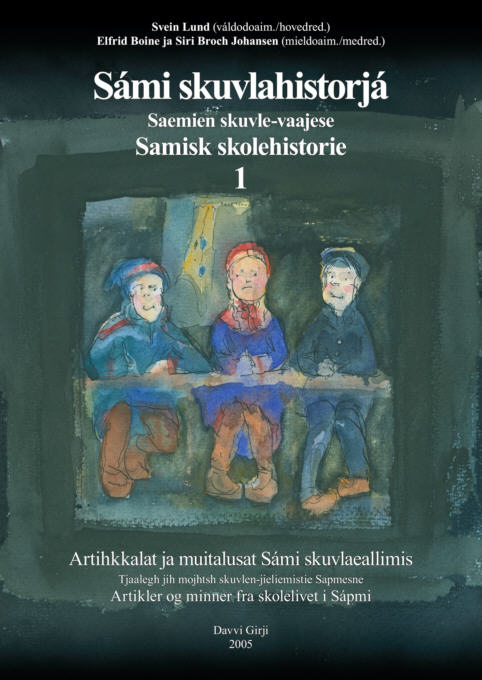 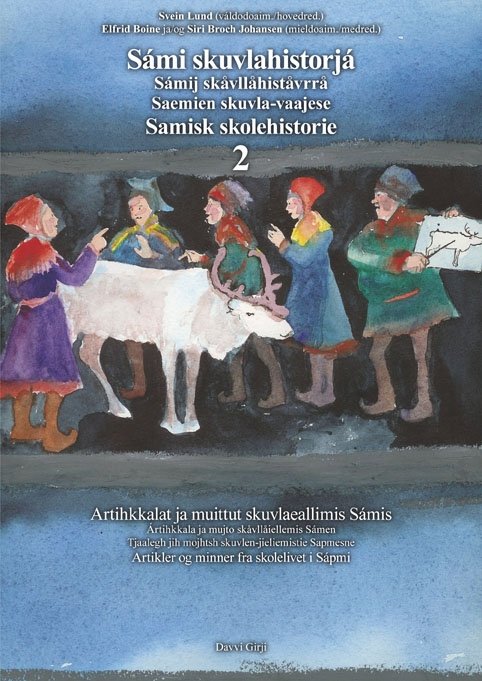 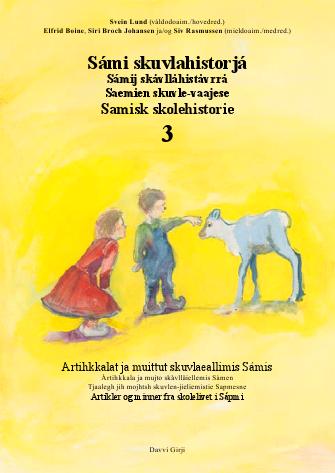 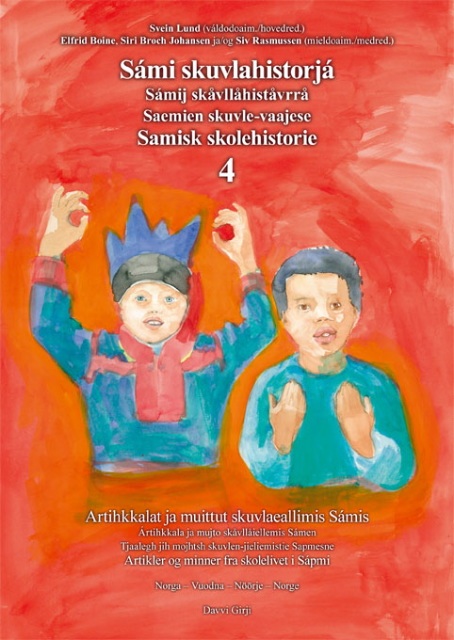 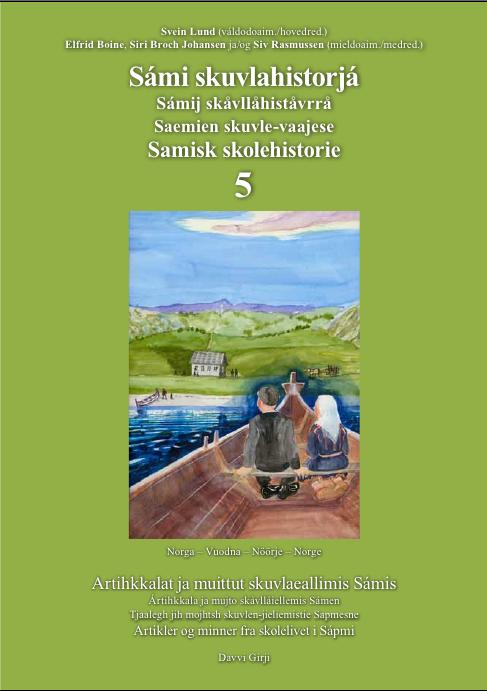
Do you know Sami school history?Sámi skuvlahistorjá / Samisk skolehistorie (Sami School History) is a series of books published by the publishing house Davvi Girji. In about 200 articles in 5 volumes there is told about the experiences of Sami children in Norwegian schools, and about the changes in the educational politics of the Norwegian authorities towards the Sami population. The books are published with parallell text in Sami and Norwegian language.In this web site some of the articles of the first book are also published in English. It would be too much to translate it all, so to make this history available to a greater public, we are translating a series of newspaper articles, which sorted by topics make a summary of stories in the books. So far there are 28 articles published in Sami language by the Sami newspapers Min Áigi and Ávvir. They are also published here in Norwegian and the English version will be published gradually as they are translated. These articles are edited by the main editor, Svein Lund. Besides him the editing board of the book series consist of Elfrid Boine, Siri Broch Johansen and Siv Rasmussen. |
Although the superintendent of schools in Finnmark from 1933 on was more positive towards the Sami language than his strict Norwegianizing predecessors, the politics of the Norwegianization was still in force, and the teachers were not allowed to teach in Sami. The interpretations of the rule that Sami only could be used as an auxiliary language varied widely, several places Sami teachers did not dare to say a single word in Sami in school.
At first some students tell how they have experienced their teachers.
Only one of the teachers at the school spoke Sami. His name was Hans Baukop, and he came from Porsanger. He was a very good teacher and a witty guy. He told us fairytales and read religious texts in Sami to us. When he told fairytales he was very lively and made use of all his body. Sometimes he'd also use his voice in such a strong manner that other teachers would come by to ask what was going on. He was a very good teacher to us. But he wasn't allowed to speak Sami, the rules were very strict, not just for the pupils, but also for the teachers. I've learned later that other teachers looked down on him because he was Sami, and that he had trouble with the school authorities because he spoke Sami in school. But at the time we didn't know anything of all that. He didn't live in the boarding school. He had a farm at the other side of the river.
There was another teacher who knew Sami language, Jens Eriksen, but he didn't dare to speak anything but Norwegian.
(Jon Ole Andersen's story, SSH-1)
I started school in spring 1944, but had only been at school for a few days when the boarding-school burnt down and we had to go home. I remember that the Germans kicked us. I also remember that the teacher didn’t allow us children to speak Sámi, and that he grabbed us by the neck. And that was a teacher who was himself a Sámi speaker.
(Ole Larsen Gaino's story, SSH-1)
– No one spoke anything but Lule Sami in daily life at home in Nordbukta. Barely in Musken either, the first years I went to school there. At that time we only had Sami speaking teachers. Elin Urheim was my first teacher. Both her and her husband, Mikal, spoke Sami with the pupils, both in the leisure time and in the classroom. So did Kaia Kalstad, who was our substitute teacher for some time, and a couple of other teachers I remember: Magnar Kintel and Ivar Urheim.
The books were in Norwegian, but the teachers explained in Sami. In this way it became easier for us to understand Norwegian with time. From 4th grade on we were taught woodwork, and the woodwork teacher was Norwegian speaking. He travelled the entire municipality, which meant that we had some concentrated weeks of woodwork lessons at a time. We did not get a monolingual Norwegian speaking teacher until I was in the 5th or the 6th grade. We had to speak to him in Norwegian in order to be understood. He was from Trøndelag, and we learned a lot of Norwegian from him. And football too.
When I started school the instruction that the teaching should be conducted in Norwegian language was still in force. So what our teachers did was not legal, strictly speaking. I do not think the municipal education committee was aware of to what extent they used Sami. Musken is a roadless village, and the superintendent of schools could only come by boat. He rarely came to visit, and when he did we always knew in advance. For that day the teachers would solely speak Norwegian.
(Kalle Paulsen's story, SSH-2)
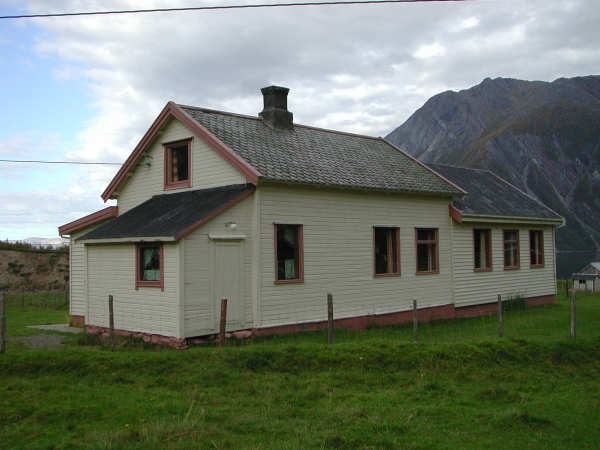 |
Musken school (Photo: Randi Sjølie) |
This is how a Sami speaking teacher recounts her experience of the language demand from the school.
I was 18 years old and had just finished intermediary school (middelskole) when Guovdageaidnu primary school asked me if I could work as a substitute teacher. It was just what I wanted and I couldn’t wait to get started. Full of expectation I set off for school. There I was given a timetable and some books and then I went to the classroom. I greeted the pupils, they were about 12 years old. Then began my first lesson: nature. The pupils told me they had homework from the textbook about some plant called “charlock” (Sinapis arvensis). I asked: “Can you do the homework?” A boy put his hand up. He stood up and recited the homework from memory, word for word, in Norwegian. I then asked them in Sámi about the plant, nobody knew or had understood what the homework was about not even the boy who had recited it from memory. That was how it was. The textbooks were in Norwegian, the pupils were Sámi speaking and the teacher was supposed to teach in Norwegian.
Many years passed before I finished my teacher training and returned to Guovdageaidnu primary school. There everything was the same as before, all the teaching was done in Norwegian and the textbooks were still all in Norwegian, although Scripture and the Catechism were given in both Sámi and Norwegian.
... Teaching in the Sámi language was prohibited, so in the beginning I had to explain things first in Norwegian as law required and then in Sámi so that the children could understand. One school administrator warned me about this practice saying that teaching in Sámi was strictly forbidden. I asked: “What am I supposed to do when the children don’t understand Norwegian?” His reply was: “You’ve just got to keep speaking Norwegian, they’ll learn in the end!” “You can say what you like,” I retorted. “But I’m certainly not teaching duodji (Sámi handicraft) in Norwegian!”
(Edel Hætta Eriksen's story, SSH-1)
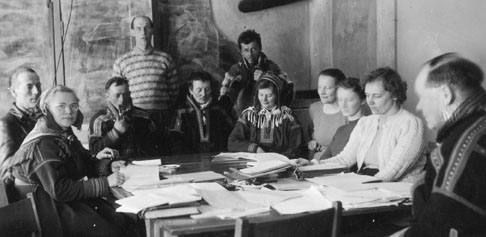 | School
board meeting in Máze 1954: Karles Lund, Edel Hætta Eriksen, Johan M.
Hætta, Ola Aarseth, Johan O. Hætta, Per N. Sara, Ragnhild Tufto,
Svanhild Lund, Alfred Larsen.
(Photo lent by Edel Hætta Eriksen, Source: Muitalusat ja dáhpáhusat Guovdageainnus 8) |
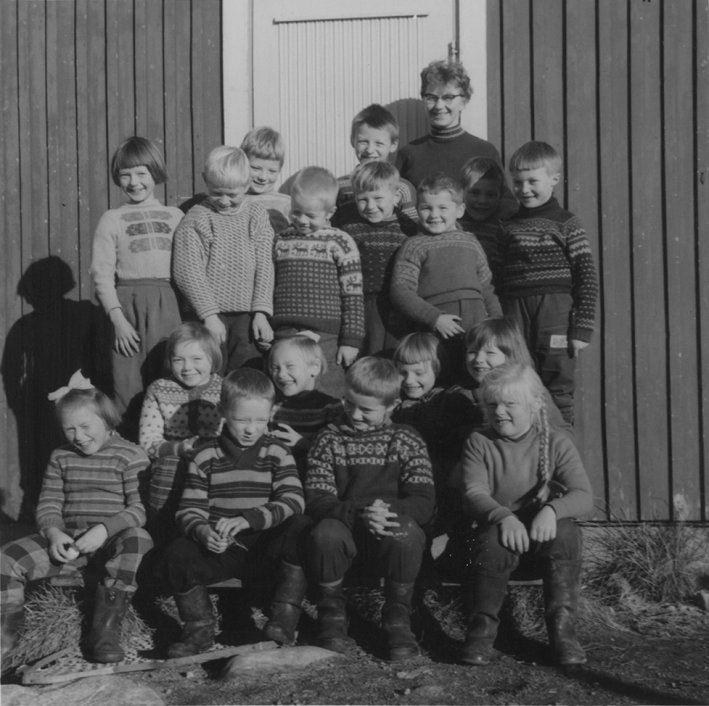 | Gunvor Dahl Rasmussen and a school class in Tårnet school (Photo lent by Gunvor Dahl Rasmussen) |
- Even if the Norwegianization process in Jarfjord had come so far that none of the children spoke Sami any longer, Gunvor got two monolingual Sami pupils. It was a couple of twins who originally belonged to Fossheim school in Neiden. They were to start the first grade, and did not know a single word of Norwegian when they arrived. Their mother, who was a wise and foreseeing woman, had heard that a Sami speaking teacher had come to Tårnet. She thought it would be better for the girls if they would be taught from someone who knew Sami. In many ways this mother was ahead of her time, she believed the children should learn Norwegian, but that it was still important that they kept the Sami language. These two were the youngest of many siblings, so the mother had long experience in sending her children away in Norwegian language boarding schools. Several of her other children had faced difficulties in learning Norwegian, something she was sure was connected to the fact that their teachers did not know Sami. Gunvor's advantage as Sami speaking was that she could explain the children things in Sami and at the same time tell them how to express it in Norwegian. Afterwards the mother was of the opinion that of all her children the twins were the ones who had learned Norwegian quicker and better. At the time Sami was only used orally Sami, as an auxiliary language to make the children learn Norwegian. Written Sami was not yet introduced in the school. ...
Gunvor did not start to teach Sami again until in the middle of the 1980's in Kirkenes lower secondary school and Kirkenes upper
secondary school, after completing the basic course in Sami at the University of Tromsø. This was with a small group of 2–3 pupils. The pupils
came from Sami speaking homes, or had at least one Sami speaking
parent, and had moved from
Karasjok, Tana or Nesseby. It would still be many years until lessons
in Sami would be offered also to pupils who did not know Sami
before.
– In retrospect you have heard about several
people who wished for lessons in Sami, Gunvor says, but who were told from
the school that there were no teachers, still I was never asked to take
on more groups.
(From Sør-Varanger's Sami school history, SSH-2)
– When I had finished the teacher's college I got a position in
Masi
school, I kept that position for 37 years. When I started as a teacher
I was informed that speaking Sami in school was not allowed. I
do not know where the instruction came from, but everybody knew this
was how it was. I tried to speak Norwegian with the children, but they
did not understad, and I figured that I had to speak Sami to them if
they
were to learn something. That is why I spoke Sami anyhow. The
pupils were supposed to learn to read in Norwegian, but I had to
translate
everything so they could be able to understand. But most of the
teachers did not
know Sami, and they had to teach only in Norwegian.
(Ellen Turi Guttormsen's story, SSH-3)
Here you find all the articles in the series:
28.09.2007 Why Sami school history?
05.10.2007 Boundless ignorance
12.10.2007 Southerner-teachers encounter the Sami language
19.10.2007 The start of Sami beginner instruction
26.10.2007 The start of education in reindeer-herding
02.11.2007 From Sami to Norwegian vocational training
16.11.2007 Struggle for Sami gymnasium
28.11.2007 School experiences of Norwegian speaking Samis
14.12.2007 Resistence against Sami language and culture
25.01.2008 A strange world
23.05.2009 On Sami teachers
30.05.2009 Life in boarding school
06.06.2009 Sami pupils were bullied
13.06.2009 Sami content in the teaching
20.06.2009 Pupil as interpreter
04.07.2009 How the children quit speaking Sami
10.09.2010 God does not understand Sami
08.10.2010 The point of view of the Norwegianizers
13.10.2010 Men of the church defending the Sami language
02.12.2010 Sami teachers in old times
09.12.2010 Boarding school life in old times
18.12.2010 Sami pupils in special schools
14.01.2012 The parents' struggle for Sami education
21.01.2012 Reluctance and absence
28.01.2012 The school during the war
04.02.2012 Reconstruction and barrack schools
11.02.2012 Curriculums - for Norwegianization and for Sami school
18.02.2012 The great struggle of the curriculum
Sami school history 1
Sami school history 2
Sami school history 3
Sami school history 4
Sami school history 5
Sami school history - main page